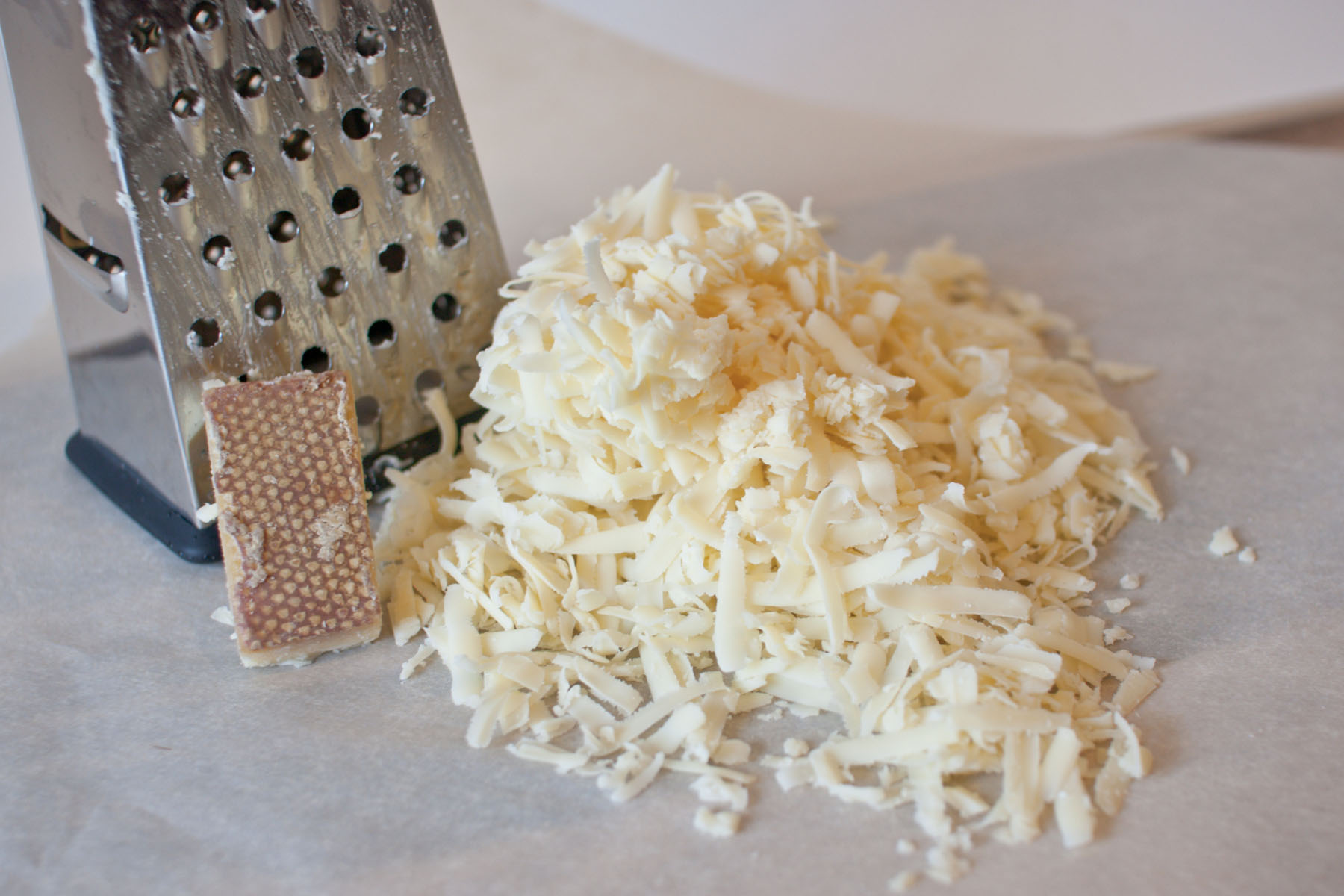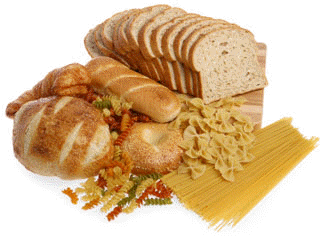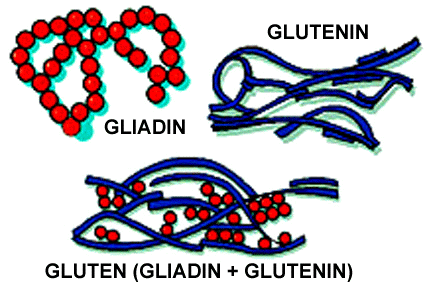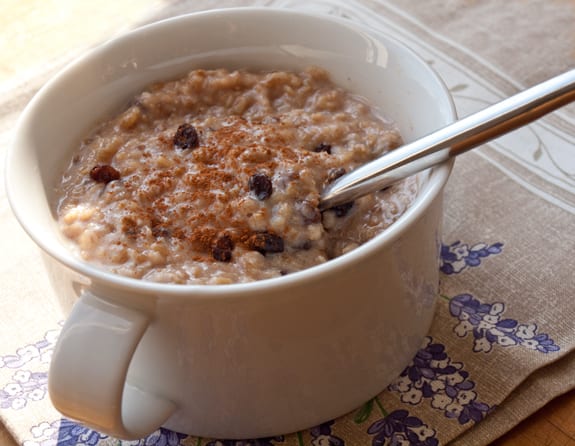Here's a healthy and simple meal that showcases celery's versatility. It makes a great Lenten dinner. The toasty flavor of caramelized celery pairs well with earthy lentils with a creative finishing touch of dill, maple and cider vinegar.
Caramelized Celery with Lentils
Ingredients
7 1/2 oz beluga lentils (about 1 cup)
1 Tbsp unsalted butter
1 Tbsp olive oil
8 oz celery, sliced 1/4" thick on a slight diagonal (about 2 cups)
1 Tbsp cider vinegar; more as needed
2 tsp pure maple syrup
1 Tbsp chopped fresh dill
Kosher salt and freshly ground black pepper
In a medium saucepan, bring 6 cups water to a boil. Add the lentils and simmer, adjusting the heat as needed, until just tender, 20 to 25 minutes.
Meanwhile, in a 12" skillet, heat the butter and oil over medium-high heat until the butter melts. Add the celery and cook, stirring occasionally, until golden brown in places, about 5 minutes. Add the vinegar and maple syrup, and cook until the liquid is mostly absorbed, about 2 minutes. Remove from the heat and toss with the lentils, dill, 1 tsp salt, and 1/2 tsp pepper.
Season to taste with more vinegar, salt and pepper, and serve.
Serves 6
Recipe courtesy of Fine Cooking, February/ March 2016.

























